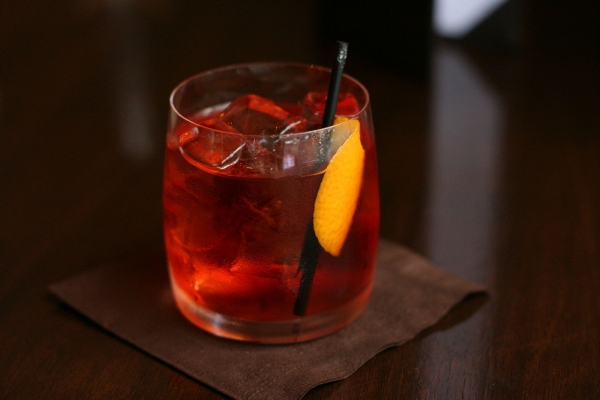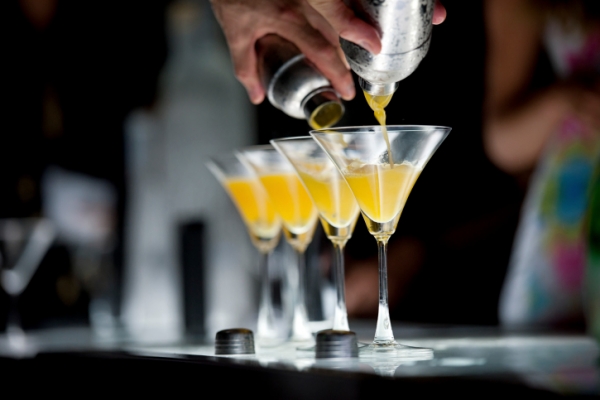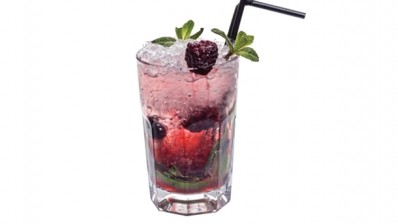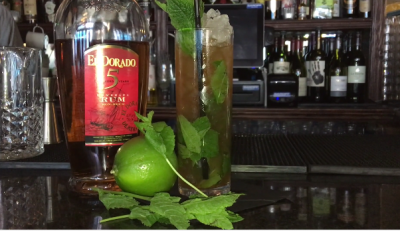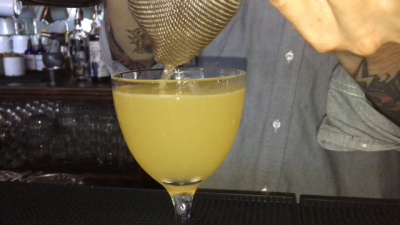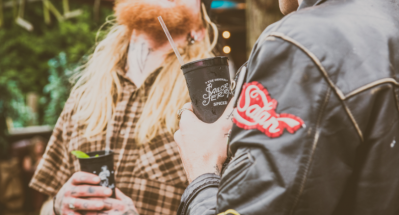Cocktail & Spirits report
Little mix: the comeback of the cocktail
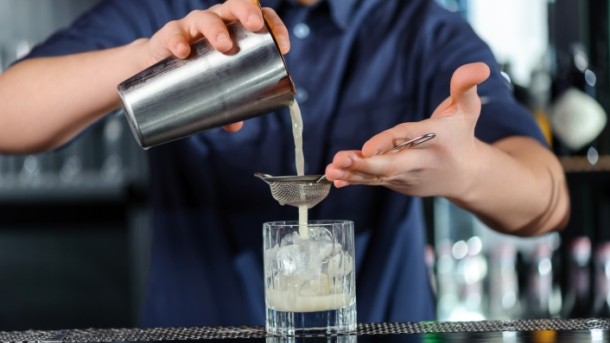
We have, during the past decade or so seen the renaissance of the cocktail culture. Fuelled in part by the demand from consumers for quality over quantity, a renewed interest in crafted ideals, the ‘Mad Men Effect’ of cocktails being increasingly cool, and greater education on spirits in the mainstream media; it seems that the thirst for mixed drinks could well be long lived.
The consumer who drank out most nights, in pubs swamped by beer-swilling folk en-route home, has been swapped for one facing targeted opportunities to consume fewer drinks, but better, well constructed ones — a nod to the cocktail era of yesteryear that has had such a heavy influence on today’s bar scenes, from Aberdeen to Amersham.
The revival of classic cocktails by great bartenders (made, delivered and communicated properly), and the discovery of them by consumers, means we are now in an exciting period for the cocktail where a classic, whose roots have been lost in the annals of time, sits side-by-side with a molecular masterpiece on bar menus.
The name of a classic cocktail is now as much of a bar call as the famous beers that grace the illuminated taps at eye-level. It has, in the past, been the case that in busy London bars, when ordering a Negroni, I’ve witnessed the crown top on a bottle of Peroni popped off. Explaining, through the throbbing masses at the bar, that I was indeed after a cocktail not a bottle of beer, has seen my request met with a blank stare. These days I’m much more likely to be asked, when ordering a Negroni, “Yes, sir. Which of our 15 gins would you like it to be made with?”.
And making a great cocktail does not need the skills of a highly trained bartender — throwing liquid around in flaming form from cup to cup.
The aforementioned Negroni is just three types of booze in equal measure served over ice in a tumbler, the popularity of which has rocketed during the past few years. So long as you have a bottle of gin, a bottle of Campari and a bottle of Martini Rosso on your shelf, you’ve got the chops to make one of the greats.
Even the humble gin and tonic has had a makeover in the past five years, with a galaxy of different gins available and a huge number of tonics on offer. If your establishment doesn’t offer more than two brands of tonic these days, you’re missing a huge up-selling opportunity as well as a wonderful, easy-to-teach talking point for your staff.
Constructing a unique back bar to attract greater footfall couldn’t be simpler these days, either. With the growth of craft spirits, you might even be able to stock local products, too. Almost every region of the UK now has a craft gin producer and if you’re able to source their product, you can offer the consumer the choice to ‘drink local’, something previously only in the domain of the real-ale world.
It’s no surprise then to see that gin is the fastest-growing category of spirits in the on-trade, with sales up by £92.5m this year according to the CGA Strategy’s Mixed Drinks Report Q3 2015. Gin sales are moving ‘off-optic’ with the primary driver for this growth not the entry-level standard offerings but the premium end of the market, where premium gins now account for 46% of total gin value.
Here we start to see the potential for premiumising the back bar offerings, not just in gin, but across the range of spirits. The growth in popularity of single malt whisky means that brand owners are looking at expanding their already existing ranges or, in the case of Bacardi, liberating some of their single malt distilleries, whose stocks were previously kept for blending, to launch a range of five new single malts each with a minimum of three expressions. That’s a lot of back bar real estate they’re looking for.
Ryan Chetiyawardana, owner of the award-winning bar, White Lyan, housed in a former East End boozer, and who was recently award ‘International Bartender of the Year’ notes that: “Scotch whisky is a complex spirit. Across the category, you can have a floral, light Lowlander through to a heavy and smoky Islay offering. And that’s just single malts. Blends can have an even more diverse span of flavours. This, for me as a bartender, makes it the most fun of all the spirits categories and allows for a premium conversation with my customers.”
Andrew Stones, the operations director for the fast-growing cocktail venues Be At One, observes that “our customers are knowledgeable and want to try different spirits and cocktails. They want something they can’t make at home, which is made in front of you. This is one area where the on-trade can add an uplift over the supermarkets.”
The trend for high-end, often craft spirits in the on-trade is reflected in the growth of boutique distributors, specialising in unique brands of whisky, gin, vodka and other key spirits.
In 2013, Michael Vachon founded Maverick Drinks, to bring some of the more interesting craft spirits to the UK on-trade.
“It started in food, where chefs would go to great lengths to source the finest ingredients and pass on those costs to consumers, who, in turn, were happy to pay for the quality of experience,” he explains.
“What happened in craft beer, where consumers are happy to pay more for a 330ml craft beer than a 568ml pint of commercial lager, is now happening in spirits.
“Bartenders are choosing their ingredients carefully and deliberately to make the best cocktails they can, which, in turn, is driving up both foot-fall and margins.
“With consumers placing an increasing importance on craft, authenticity, transparency, and provenance, they will increasingly demand cocktails that use more exciting spirits than the mainstream commercial products they’re used to.”
And this focus on the quality of ingredients is key. Daryl Haldane, a former bartender and now on-trade specialist for the Edrington Group, home of The Macallan and Famous Grouse Scotch whiskies and Brugal rum agrees: “Chefs use the finest ingredients in meals, and the same should be true for bartenders.
“Obviously, there is a challenge of putting cocktails together with top-class ingredients where price is a consideration, but that often plays second fiddle to the complexity and flavour in the glass. That will always be the most important thing, and the one major attraction for your customers.
“You just have to look at the success of the Aperol spritz to see that there is a generation who want to explore alternative flavours.”
But it isn’t just in the pure bar-led arena that cocktails and spirits are adding value, with the latest figures from the CGA showing that 51% of consumer say they now drink cocktails at restaurants, adding enormous value to the overall dining experience.
This trend is reflected by the AA, which added the ‘Spirit of AA’ award to its annual restaurant and hotel awards in 2014, to recognise the importance of spirits and cocktails alongside their existing awards for wine and service.
Client services director for CGA, Rachel Perryman, says their research “shows that for 68% of consumers, quality is an important influencer over their decision to drink cocktails. Cocktails are, therefore, a great mechanic for outlets to demonstrate the quality of their offer, while also extending the choice available to consumers and driving footfall as a result.
“Cocktails have also helped drive spirits growth across multiple day parts, tapping into both the ‘food’ and ‘after work’ occasions. The huge number of consumers who now drink cocktails at restaurants signifies just how widespread the cocktail occasion has become.”
